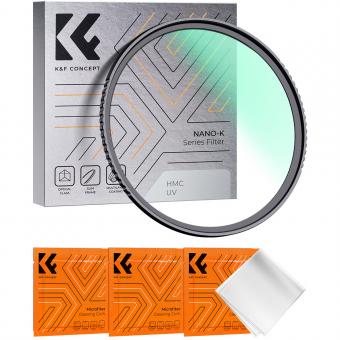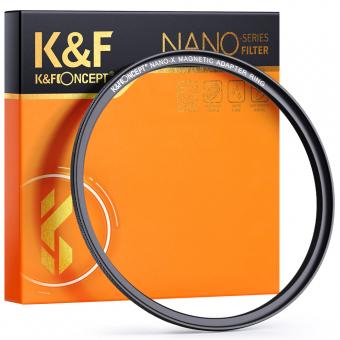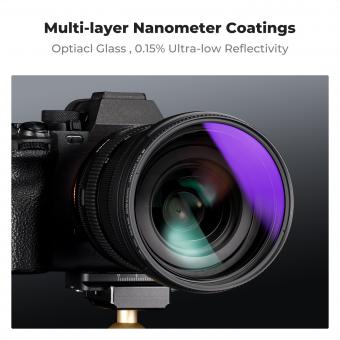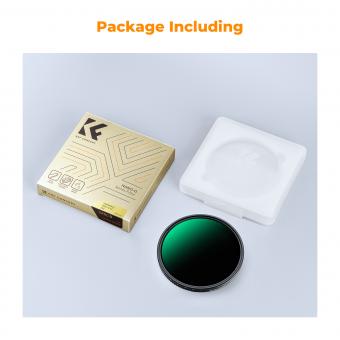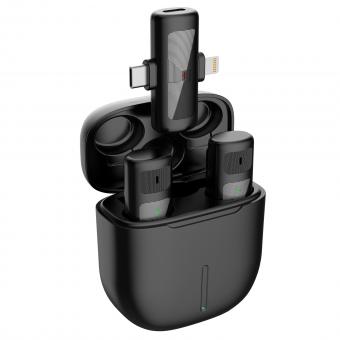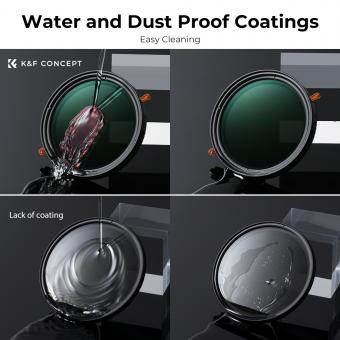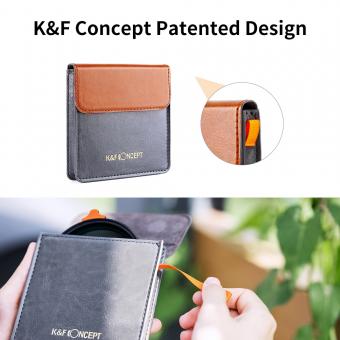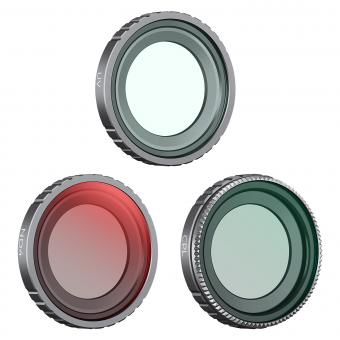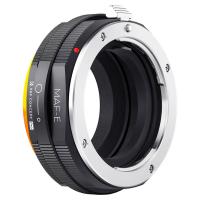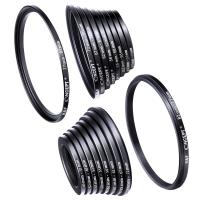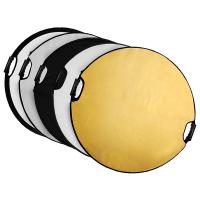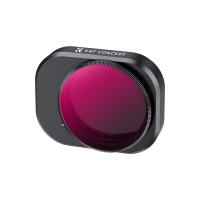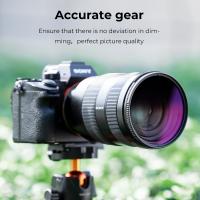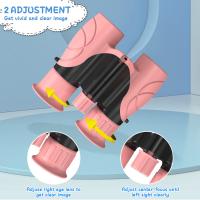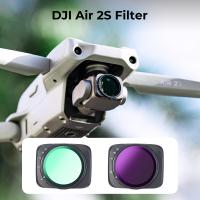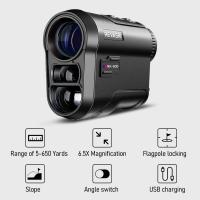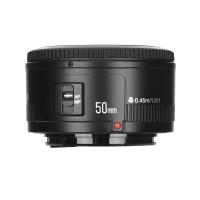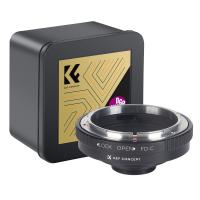Photocromic Glasses Which Uv Band Filters?
Photochromic glasses, also known as transition lenses, contain special molecules that darken when exposed to ultraviolet (UV) light. These molecules are designed to filter out harmful UV rays, providing protection for the eyes in various lighting conditions. When indoors or in low light, the lenses remain clear, but when exposed to UV light outdoors, they darken to shield the eyes from the sun's rays. This adaptive feature makes photochromic glasses a convenient and practical choice for individuals who frequently transition between indoor and outdoor environments.
1、 Photochromic Technology

Photochromic Technology refers to the innovative feature of certain lenses, particularly in eyewear, to darken when exposed to ultraviolet (UV) light and return to their clear state when the UV light is removed. This technology is achieved through the use of photochromic dyes that react to UV radiation, causing the lenses to darken as a protective measure against the harmful effects of UV rays.
The latest point of view on photochromic glasses is that they have evolved to include UV band filters, which not only provide the light-adaptive feature but also offer enhanced protection against specific UV bands. This advancement is particularly important as it addresses the growing concern over prolonged exposure to UV radiation and its potential impact on eye health. By incorporating UV band filters, photochromic glasses can now offer more comprehensive protection, making them a valuable choice for individuals who spend extended periods outdoors.
Furthermore, the integration of UV band filters in photochromic glasses reflects a commitment to improving the overall functionality and performance of these lenses. This development underscores the industry's dedication to advancing eye protection technology, ensuring that wearers can benefit from both adaptive light control and targeted UV protection.
In conclusion, the inclusion of UV band filters in photochromic glasses represents a significant advancement in eye protection technology, offering wearers a more comprehensive solution for UV radiation exposure. This latest point of view highlights the ongoing evolution of photochromic technology to address the changing needs and concerns of consumers, ultimately enhancing the overall effectiveness and appeal of these innovative lenses.
2、 UV Band Filtering
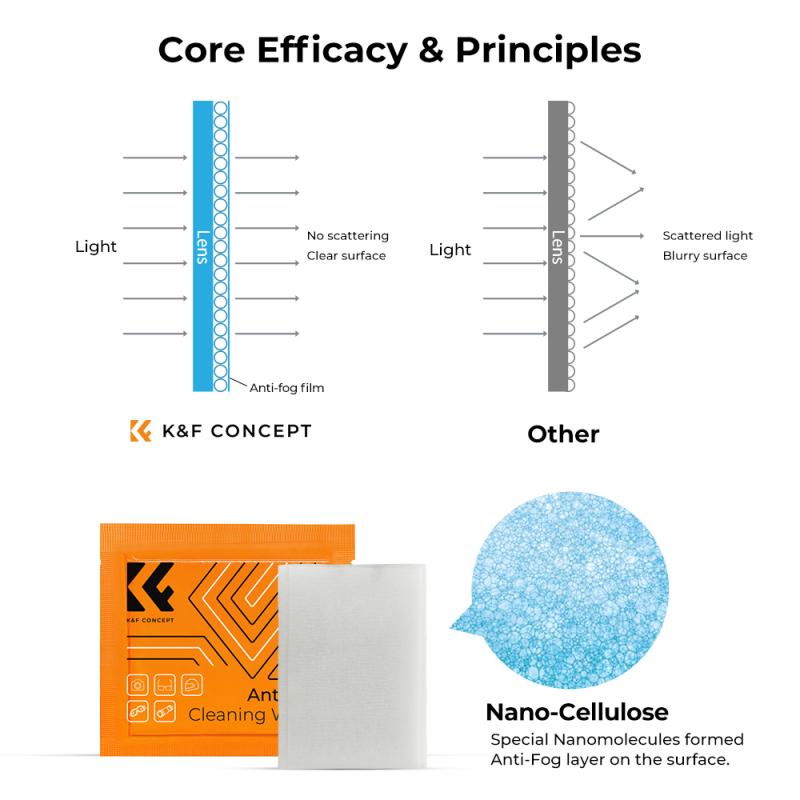
Photocromic glasses which UV band filters have gained popularity due to their ability to provide protection against harmful UV rays while also adapting to changing light conditions. These glasses use a special type of lens that darkens when exposed to UV light, effectively filtering out the harmful UV bands. This feature makes them a great choice for outdoor activities, as they can provide protection from both UVA and UVB rays, which are known to cause damage to the eyes and skin.
The latest point of view on UV band filtering in photocromic glasses emphasizes the importance of comprehensive UV protection. While many sunglasses and eyewear claim to offer UV protection, not all of them effectively filter out the entire UV spectrum. Photocromic glasses with UV band filters are designed to address this issue by providing a more complete UV protection solution. This is particularly important as research continues to highlight the long-term effects of UV exposure on eye health, including the development of cataracts and macular degeneration.
Furthermore, the latest advancements in UV band filtering technology have focused on enhancing the clarity and color perception of the lenses. This ensures that wearers can enjoy a natural and comfortable visual experience while still benefiting from the UV protection. As a result, photocromic glasses with UV band filters are becoming increasingly popular among individuals who prioritize both eye health and visual comfort in their daily activities.
3、 Lens Material
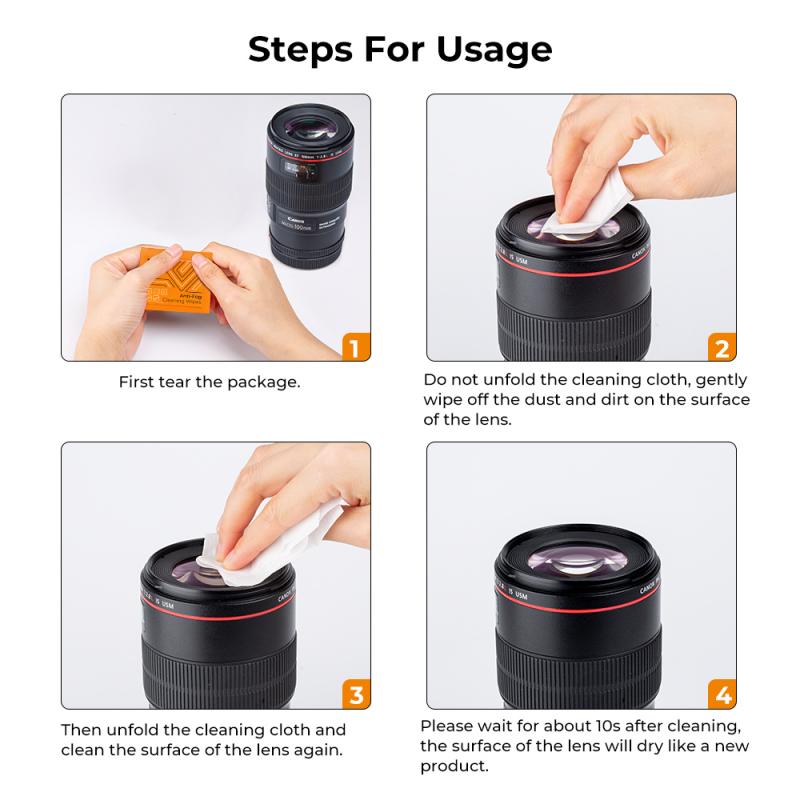
Photocromic glasses which UV band filters are a type of lens material that incorporates photochromic technology to provide protection against harmful UV rays. These lenses are designed to automatically darken when exposed to UV light, such as sunlight, and then return to their clear state when the UV light is no longer present. This feature makes them a popular choice for individuals who spend a lot of time outdoors and want the convenience of having their glasses adjust to changing light conditions.
The UV band filters in these lenses are specifically designed to block out a significant portion of the UV spectrum, including UVA and UVB rays, which are known to be harmful to the eyes and skin. By filtering out these harmful rays, photocromic glasses help to reduce the risk of eye damage and protect the delicate tissues of the eye from potential long-term harm.
From a latest point of view, there is a growing awareness of the importance of UV protection for eye health, and as a result, there has been an increased demand for lens materials that offer effective UV filtering. Photocromic glasses with UV band filters are seen as a practical solution to this need, as they provide both vision correction and UV protection in a single, convenient package. As technology continues to advance, we can expect to see further improvements in the UV filtering capabilities of lens materials, making them even more effective at safeguarding our eyes from the sun's harmful rays.
4、 Activation and Fading
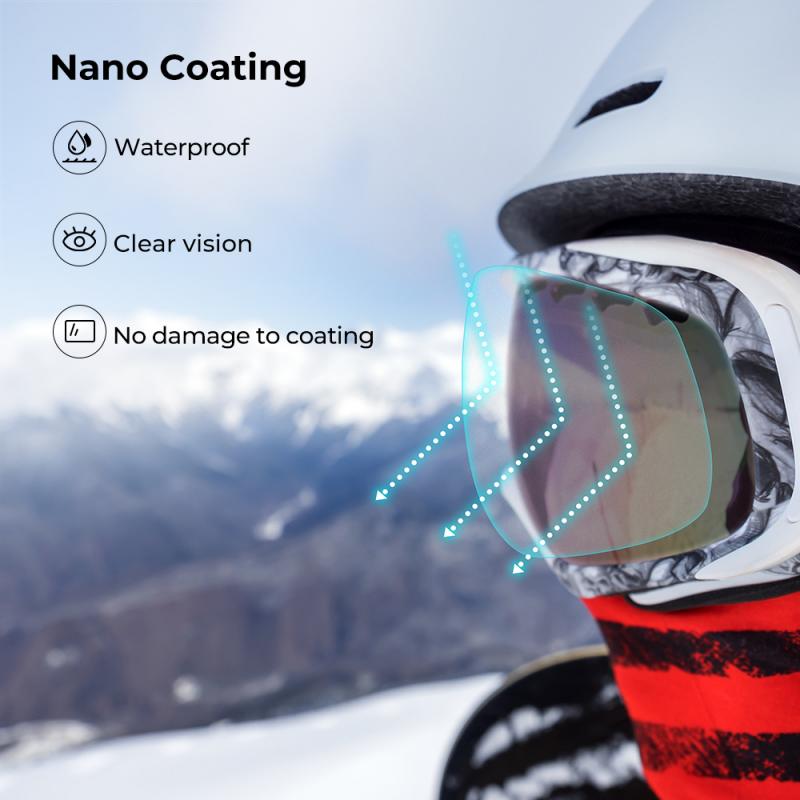
Photocromic glasses which uv band filters have gained popularity due to their ability to adapt to changing light conditions. The activation and fading of these glasses are based on the presence of UV light. When exposed to UV light, the lenses darken to protect the eyes from the harmful effects of the sun's rays. This activation process occurs due to the presence of photochromic molecules in the lenses, which react to UV light by undergoing a chemical change that causes the lenses to darken.
As the UV light diminishes, the photochromic molecules revert to their original state, causing the lenses to fade back to their clear state. This fading process allows the glasses to adapt to indoor lighting conditions, providing convenience and comfort to the wearer.
The latest point of view on photocromic glasses with UV band filters emphasizes their effectiveness in providing protection against both UVA and UVB rays, which are known to cause eye damage and contribute to the development of cataracts and other eye conditions. Additionally, advancements in lens technology have improved the speed and efficiency of the activation and fading process, making these glasses more responsive to changing light conditions.
Overall, photocromic glasses with UV band filters offer a practical solution for individuals who require reliable eye protection in varying light environments, and the latest advancements in this technology continue to enhance their performance and convenience for users.

